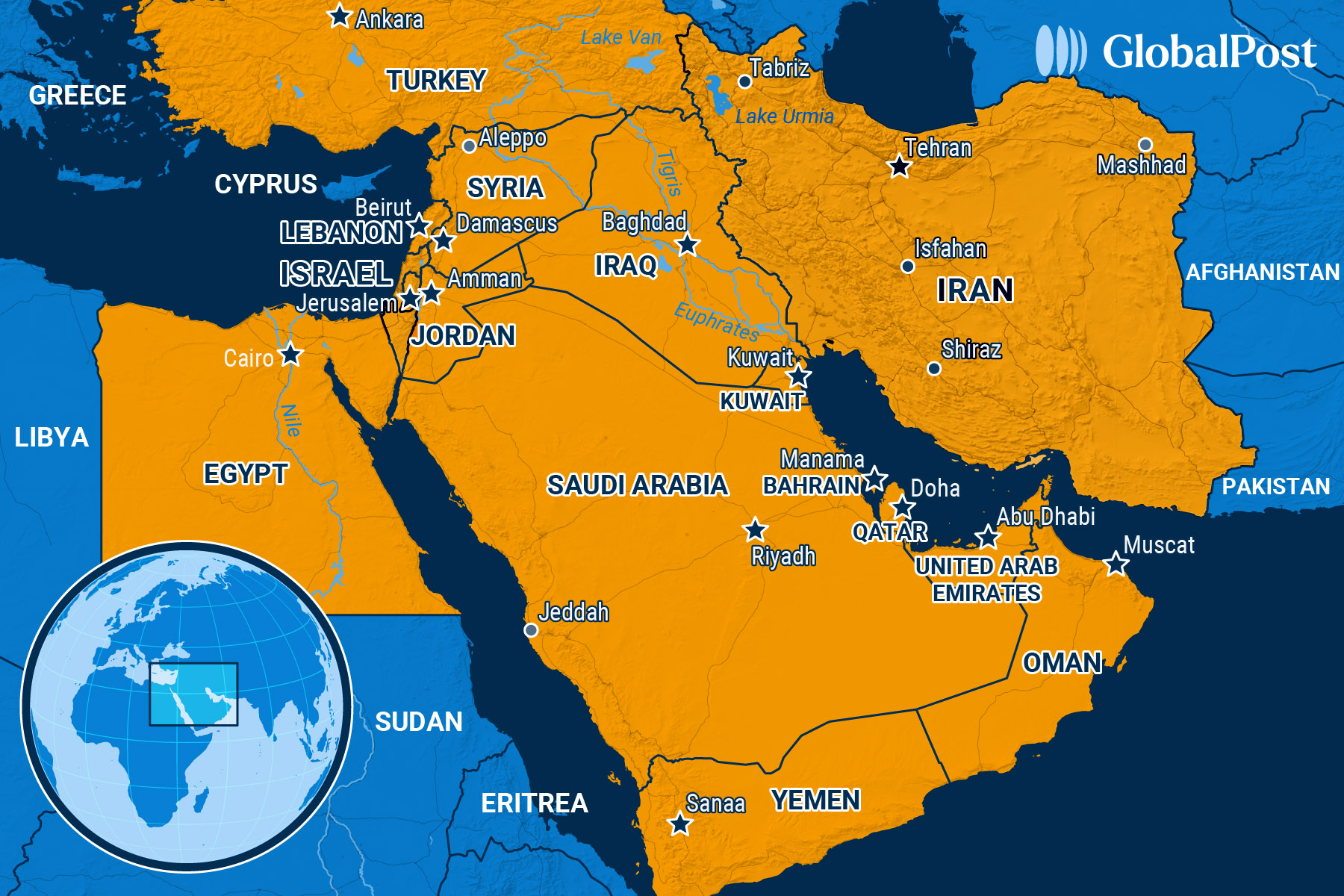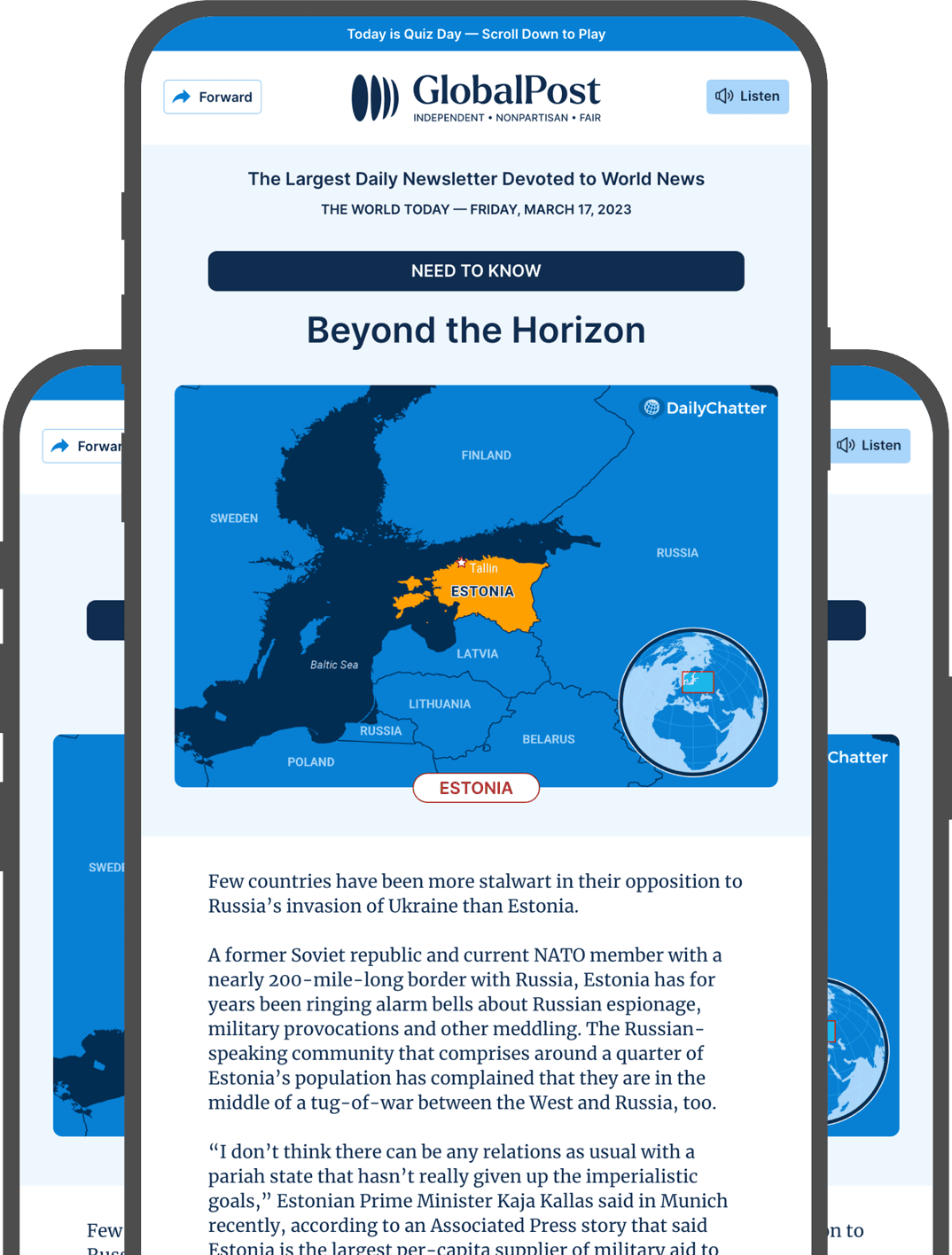The Enemy of My Enemy…: The New Saudi-Pakistan Defense Pact Is Rattling Some Capitals

When Israeli missiles struck Doha on Sept. 9, targeting Hamas leaders in the heart of Qatar’s capital, the message reached Riyadh loud and clear: American protection has limits.
Eight days later, Saudi Arabia signed a mutual defense pact with Pakistan.
The Strategic Mutual Defense Agreement dictates that “any aggression against either country shall be considered an aggression against both.” It’s the first time a Gulf Arab state has formalized collective defense with a nuclear-armed partner – reflecting what analysts describe as Riyadh’s diminishing confidence in American security guarantees.
Israel’s strike exposed the limits of American protection and “is a major shift in global realignments,” according to the Italian Institute for International Political Studies.
“Saudi Arabia seeks protection against Iran and Israel, while Pakistan looks for allies to deter India,” it said. “More broadly, the Saudi-Pakistani pact pushes the United States further from the Western Indian Ocean while pulling China somewhat closer (as a strong ally of Pakistan).”
Still, more recently, the bilateral relationship had become somewhat one-sided, with Saudi Arabia forced to provide multiple bailouts for Pakistan’s struggling economy, added World Politics Review. “This agreement indicates that Saudi Arabia still sees value in keeping Islamabad close given its large military and nuclear arsenal,” it wrote.
The Israeli strike rattled Gulf capitals. Qatar hosts 10,000 American troops at Al Udeid Air Base – the largest US military facility in the Middle East. Yet Washington gave Doha only minutes of warning and offered no tangible defense.
As a result, US allies hosting American troops saw that they could be targeted with minimal consequences, raising questions in Riyadh about who would defend Saudi Arabia in similar circumstances.
Still, the Atlantic Council noted the pact is “complementary, not alternative” to US guarantees.
For Pakistan, meanwhile, the timing offered leverage, especially against its rival, India. Islamabad secured not just diplomatic prestige but also increased Saudi investment – critical for an economy still recovering from near-default. A Saudi business delegation visited Pakistan in early October to explore government-to-government and private sector projects.
The pact’s first real test, meanwhile, is not coming from Iran or Israel, but from Afghanistan.
Pakistan faces surging attacks from the Tehreek-e-Taliban Pakistan (TTP). In mid-September, 19 Pakistani soldiers died fighting TTP militants. By early October, Pakistani and Afghan Taliban forces were trading deadly cross-border fire, with dozens of casualties on both sides.
Saudi Arabia urged restraint and dialogue.
That cautious response revealed a tension, say analysts: Riyadh wants a capable ally but has no desire to be dragged into Pakistan’s frontier wars. The mutual defense clause sounds sweeping, but its practical limits remain untested, analysts say.
For New Delhi, meanwhile, the pact is a strategic setback.
India has spent years cultivating Saudi ties through energy trade, investment, and the India–Middle East–Europe Economic Corridor (IMEC), an alternative to China’s Belt and Road Initiative. Bilateral trade between India and Saudi Arabia exceeds $40 billion annually, dwarfing Pakistan’s $4 billion with the Gulf kingdom.
Analysts at the Brookings Institution said that India must now reckon with the reality that its largest energy supplier has formalized a defense partnership with its nuclear-armed rival.
“The new agreement’s implications are consequential, given each of the two parties’ own sets of allies and long-standing adversaries,” it wrote. “The Pakistani military probably has reason to believe that this pact might institutionalize more sustained and diversified financial support from Saudi Arabia; dampen Riyadh’s engagement with New Delhi on defense, technology, and infrastructure investment; create new opportunities for leverage over India in a bilateral crisis; and demonstrate to its own people and to other countries in the region that it has built a resilient set of partners and is not unduly reliant on China for economic and security assistance.”
Meanwhile, Harsh V. Pant of India’s Observer Research Foundation noted that “(Saudi Arabia) has long extended support to Pakistan over the issue of Kashmir,” adding that the pact could complicate India’s already fraught relationship with Islamabad.
IMEC’s future looks murkier. A Saudi tilt toward Pakistan raises questions about whether India can still count on Gulf partners to anchor such ambitious regional projects that would counter China.
Still, analysts say the pact reflects a broader trend: Gulf states diversifying security partnerships in a multipolar world.
Egypt, left out of the arrangement, has publicly expressed frustration, especially because the deal is a snub of its proposal, which it made a decade ago for the formation of a NATO-like force to defend Arab states against external threats.
“The Saudis seem to have learned a lesson from the Israeli airstrikes in Qatar, which propels their pursuit for alliances with different partners,” Egyptian political researcher, Ahmed Abdel Meguid, told the New Arab, adding that the pact signals a pivot toward non-Western partners.
Other Gulf states may follow suit. Analysts speculate that the United Arab Emirates and Qatar could pursue similar arrangements, layering regional security through bilateral pacts rather than waiting for Washington to lead.
For the United States, the pact marks the end of something larger: America’s unchallenged role as the Gulf’s sole security guarantor. But that’s good news for the US, wrote the Stimson Center.
“Indeed, Washington trades some control over the Middle Eastern security architecture – and chips away at influence over Riyadh in particular – but a more resilient regional security architecture that opens the path for the US to do less on a subset of regional problems is precisely the kind of strategic buck-passing that US grand strategy should encourage,” it said. “A Middle East and South Asia where regional powers engage in greater self-help, resulting in an improved regional balance amid rising threats, is ultimately a step toward a more sustainable American security posture.”

Subscribe today and GlobalPost will be in your inbox the next weekday morning
Join us today and pay only $46 for an annual subscription, or less than $4 a month for our unique insights into crucial developments on the world stage. It’s by far the best investment you can make to expand your knowledge of the world.
And you get a free two-week trial with no obligation to continue.
